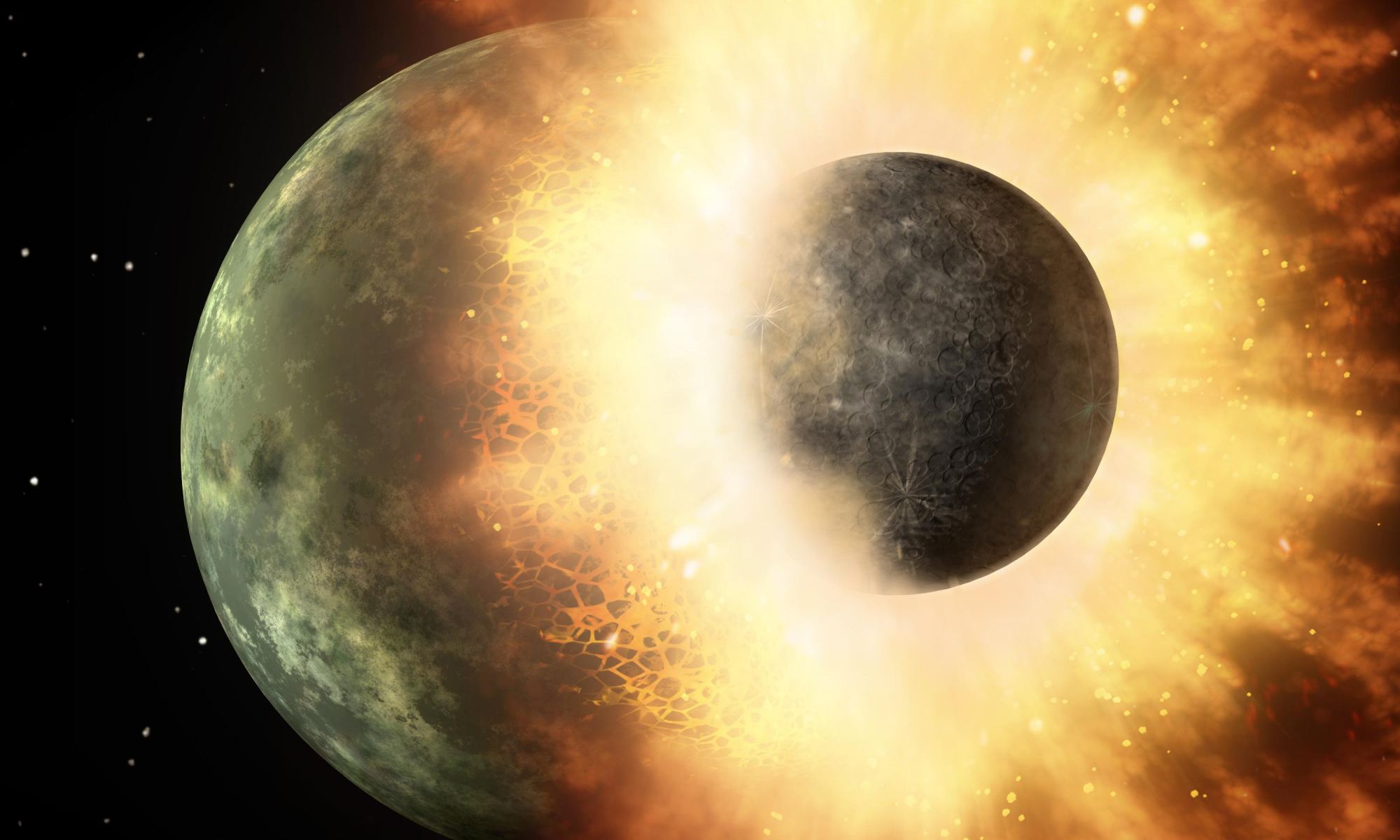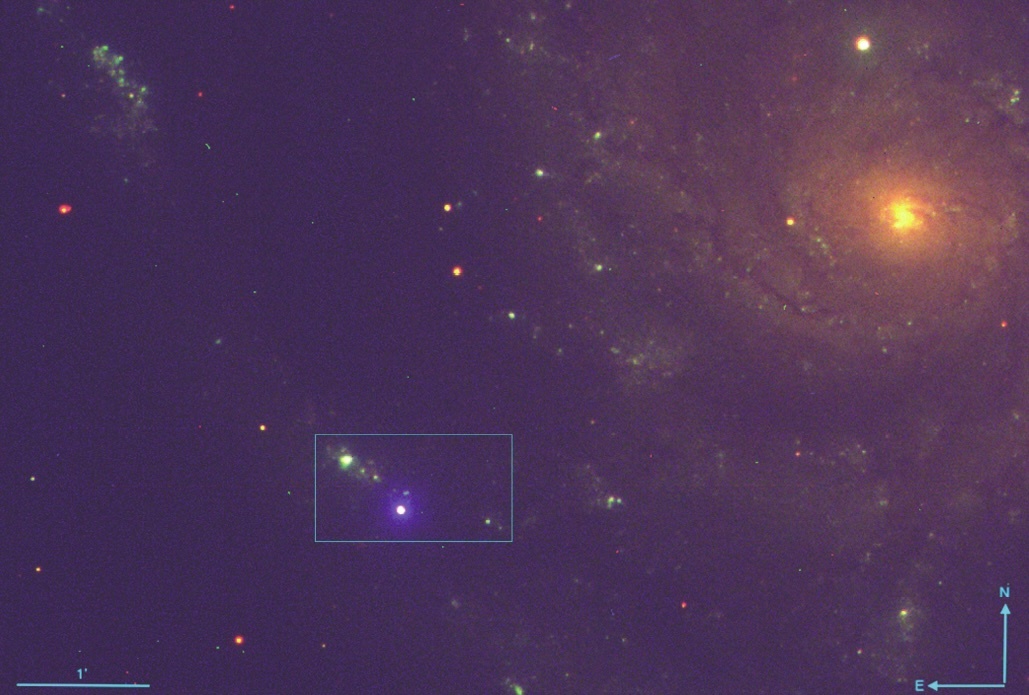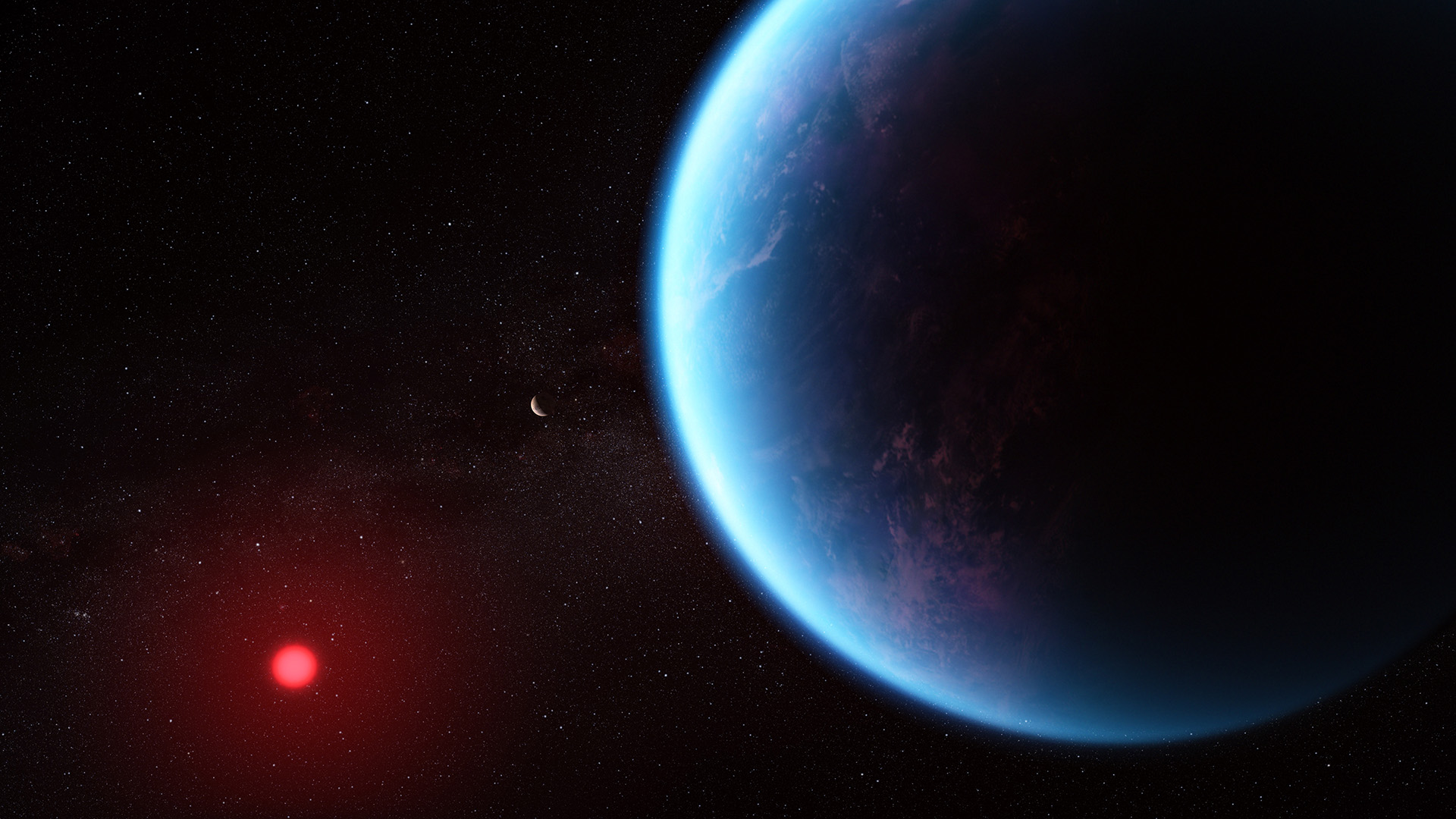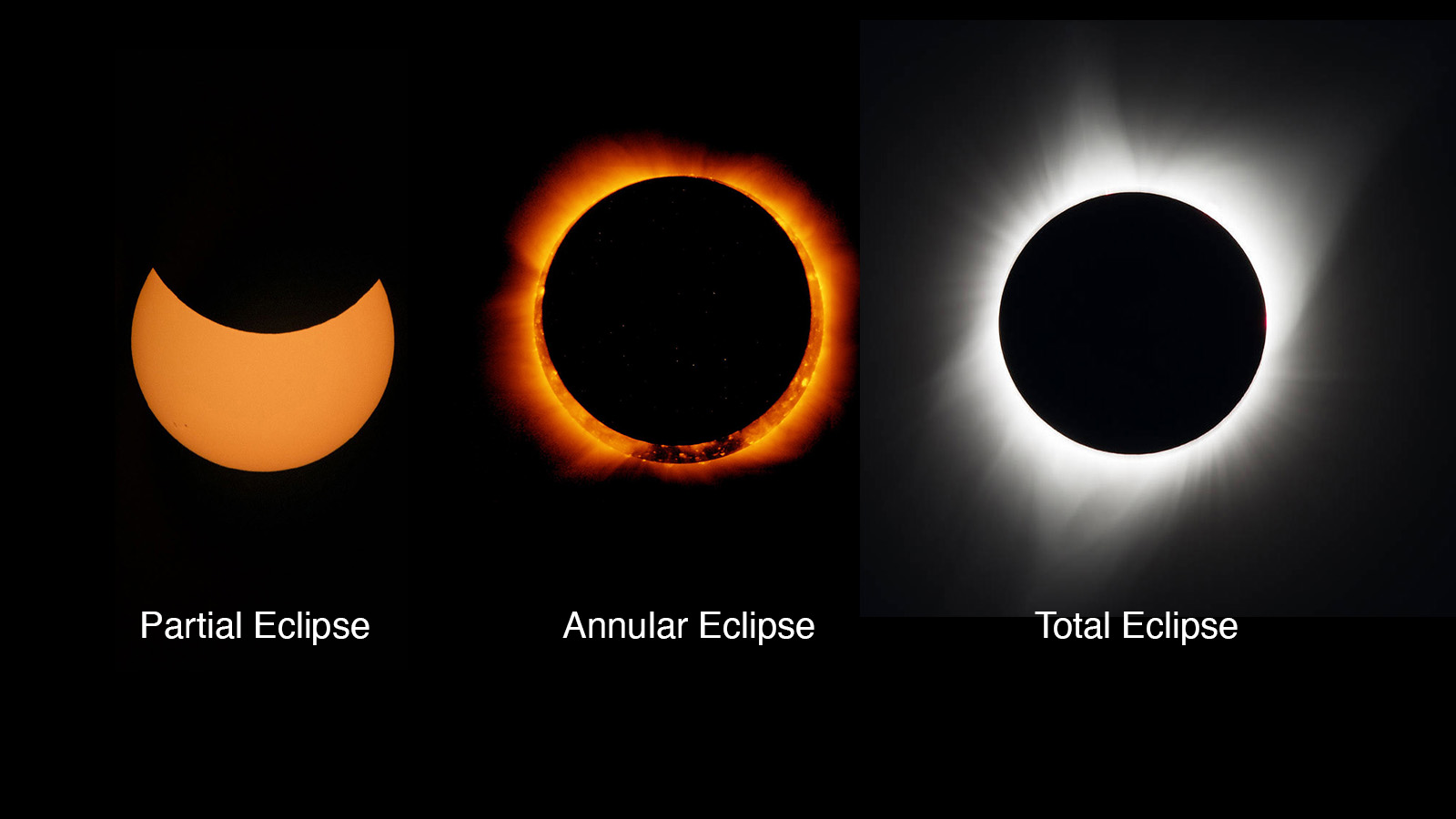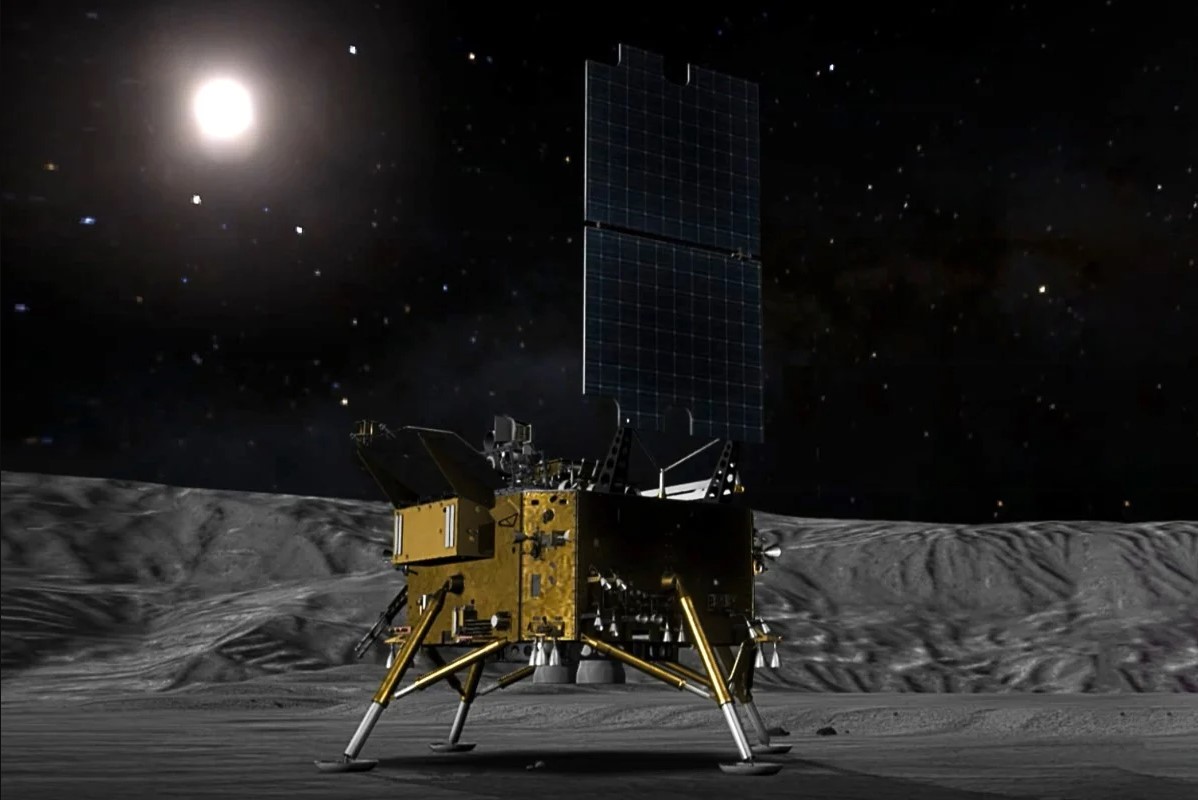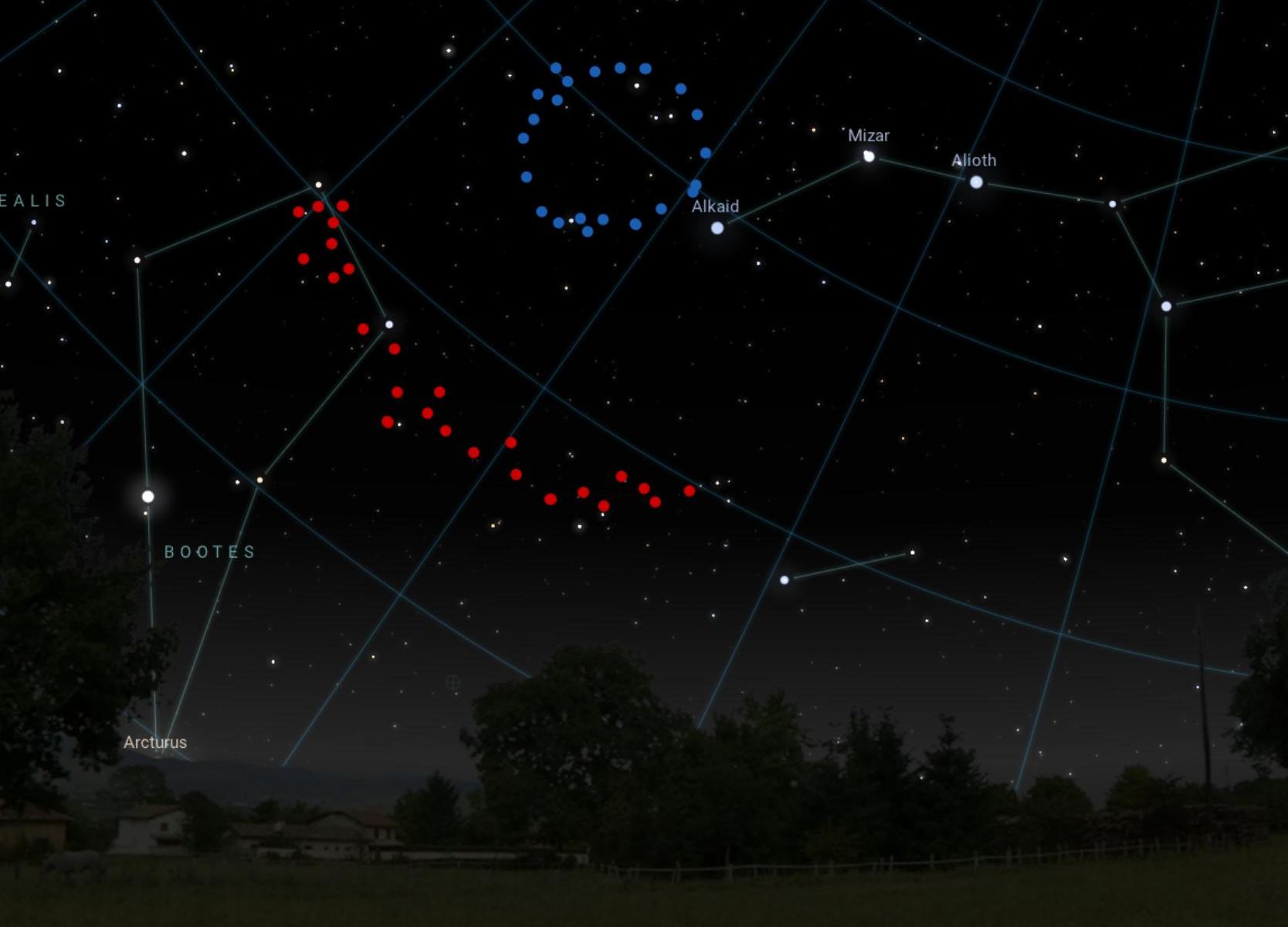Cosmic rays are high-energy particles accelerated to extreme velocities approaching the speed of light. It takes an extremely powerful event to send these bits of matter blazing through the Universe. Astronomers theorize that cosmic rays are ejected by supernova explosions that mark the death of supergiant stars. But recent data collected by the Fermi Gamma-ray space telescope casts doubt on this production method for cosmic rays, and has astronomers digging for an explanation.
Continue reading “The Mystery of Cosmic Rays Deepens”The Mystery of Cosmic Rays Deepens



